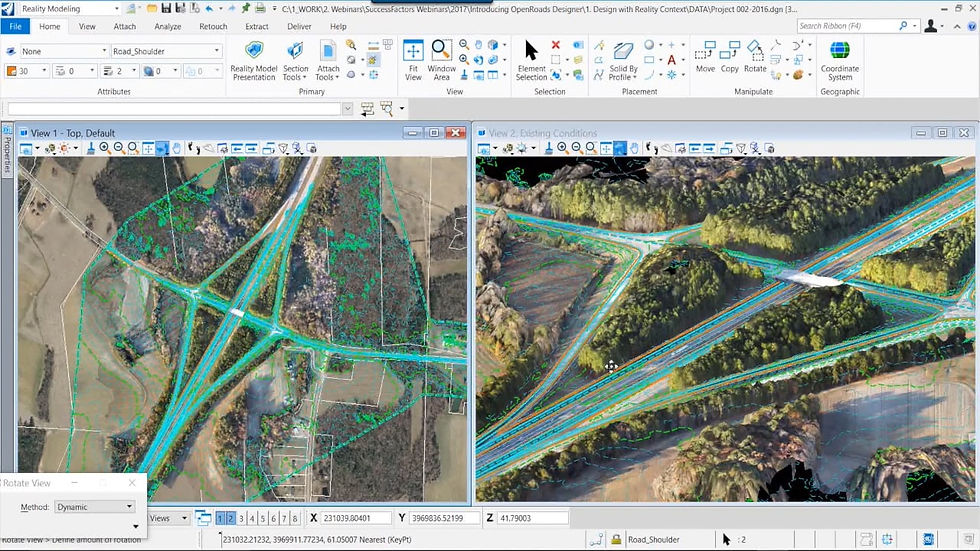Senior-Level UX Designer / Product Designer
User Researcher / Team Leader
AV Road Rules


INRIX
INRIX does traffic data. In fact, INRIX supplies much of the traffic data that mobile navigation apps use to display congestion and incidents. INRIX products leverage phone and vehicle connectivity, advanced parking management, and dynamic data for city planning, traffic flow optimization, and retail location selection.
With the approach of autonomous vehicles, INRIX wanted to expand its offerings and pioneer a product for the data needs of vehicles on the road. The Autonomous Vehicles RoadRules (AVRR) project set out to provide an online repository for municipalities and transportation authorities to record and own their rules of the road, namely speed limits, turn and lane restrictions, height restrictions, and more.




MY ROLE AT INRIX
INRIX had created a POC more than 6 months earlier. Most of the work had gone into the back-end, and the UX was produced quickly with little user input. Alpha users complained it was too hard to use without hand-holding from INRIX. The original designer left and was contracted to redesign and complete the UX.
INRIX had staffed the dev team before I came aboard. To load their queue, I was asked to design several setup features first. This was a good idea in that it helped me explore the visual design space, the design aptitude of the team, and the capabilities and work style of the dev team.




DEFINING A REGION ON A MAP
With no artifacts other than the POC available, my first steps were to identify a feature we could walk through end-to-end. This would build our design muscle while I onboarded. Because of its necessity and apparent straight-forwardness, assigning a speed zone was selected.
Having not worked with interactive maps before, I started by reviewing other mapping applications, including Google Maps and Bing Maps, and geographical information system (GIS) applications, like the ones a city would use to locate sewers and buried electrical services.




SELECTING A ROADWAY ON A MAP
These mockups show the process and interaction I designed for selecting a roadway and placing a speed limit on it.




EDITING RULES OF THE ROAD
A graphical information system (GIS) interfaces enables users to quickly and easily input and edit data for specific zones, roadways, sections of a roadway, and multiple attributes of sidewalk, such as parking zones endpoints and times.